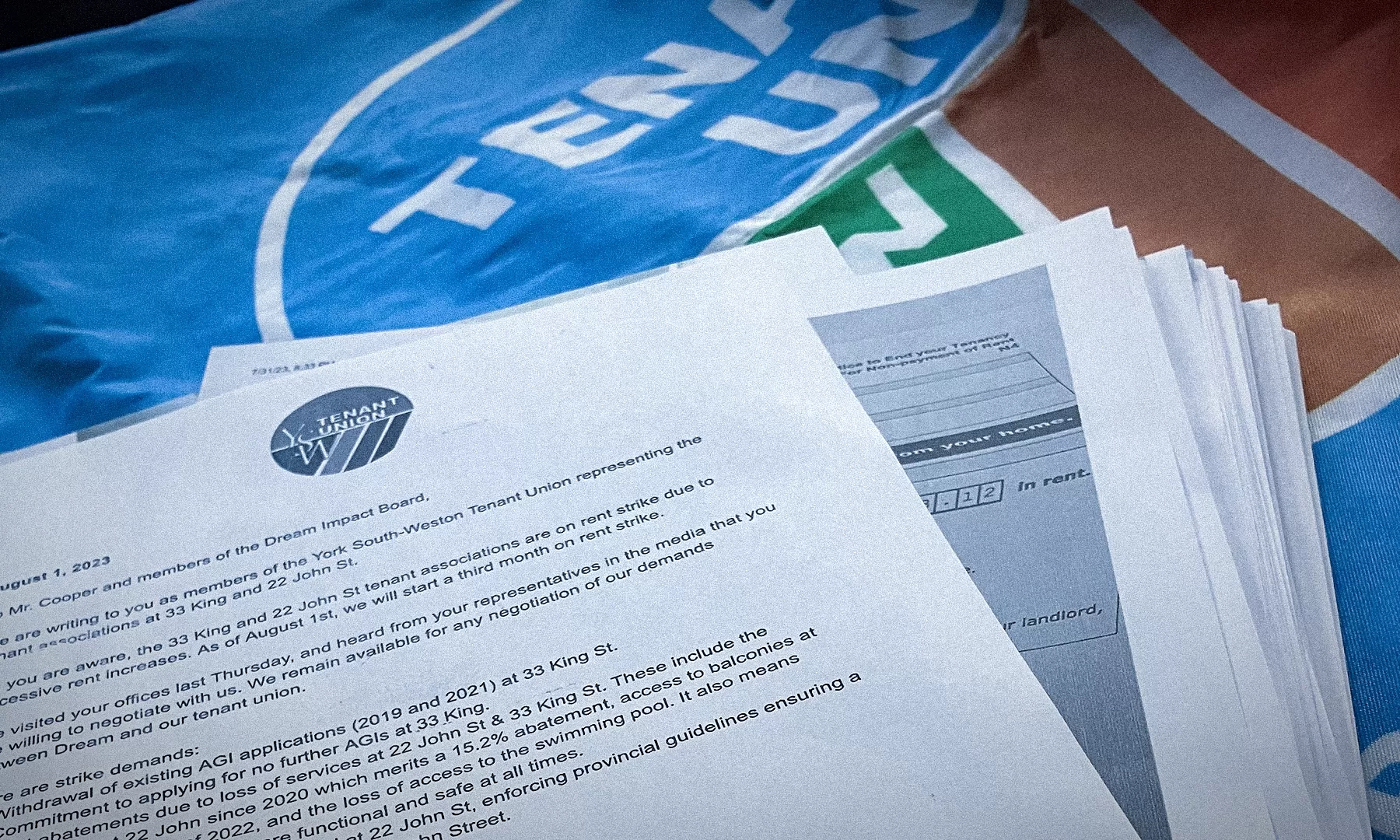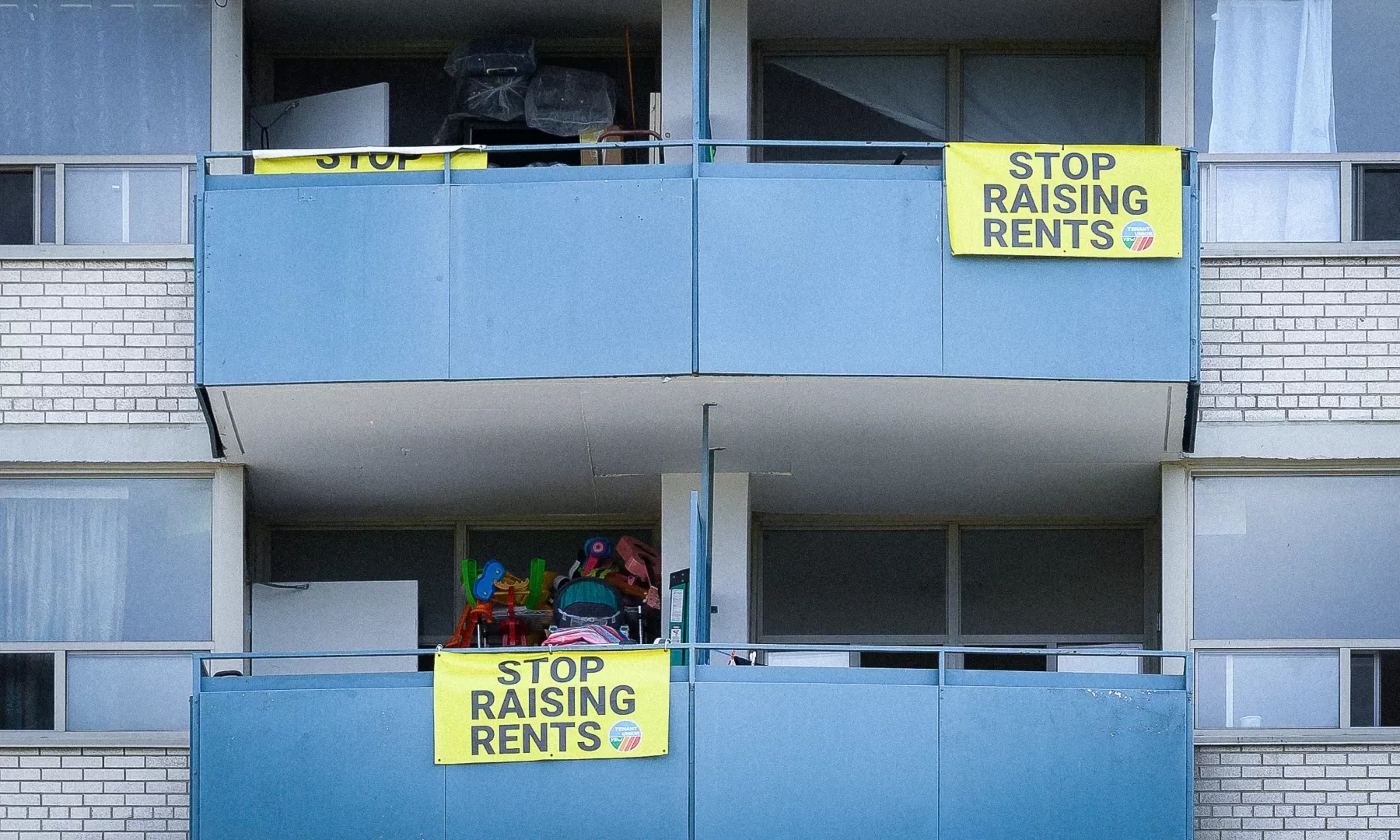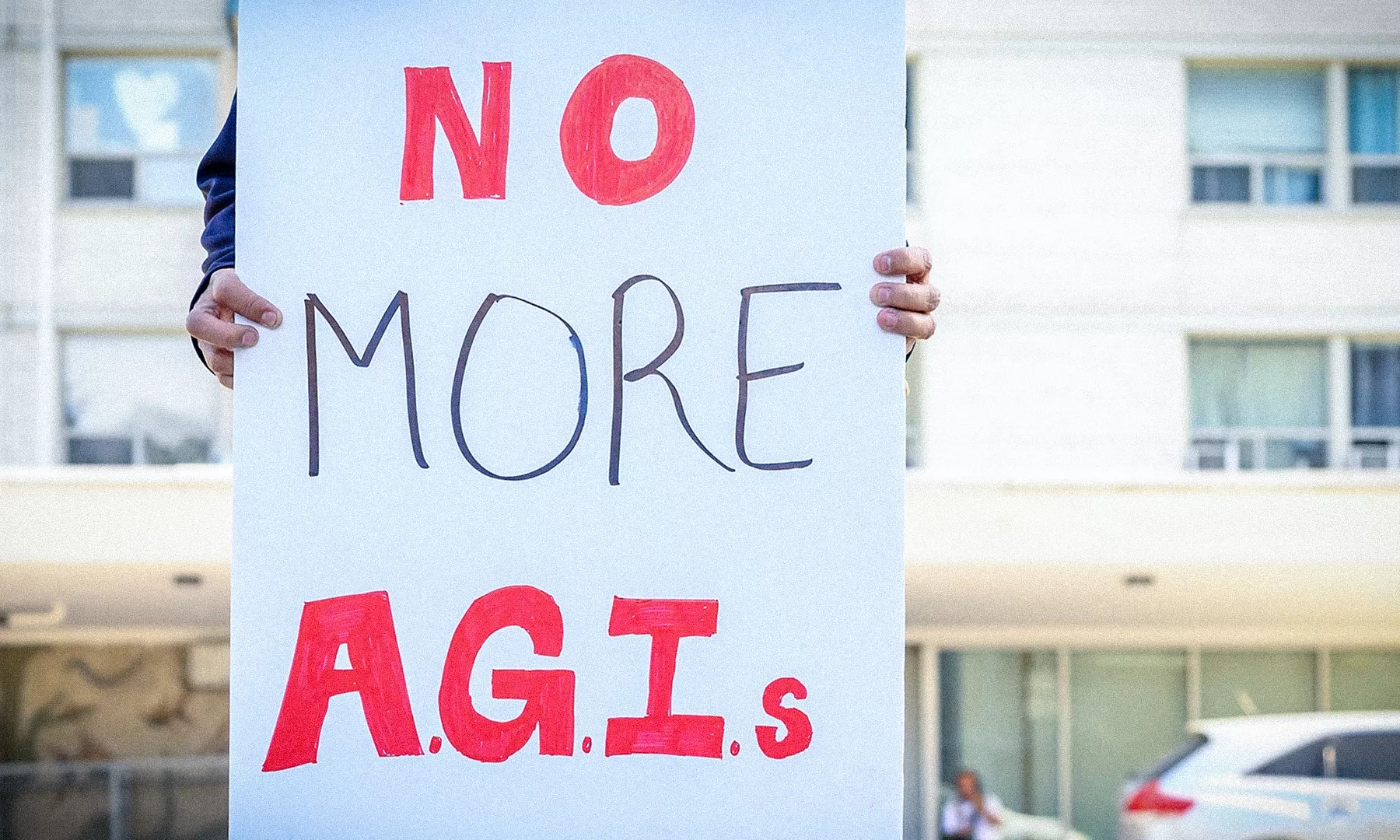Part 1: Rent control, rent freezes, vacancy controls—the terms can be hard to keep track of. This is your reference guide.
The term rent control refers to regulations that limit rent increases. In Canada, it is officially the job of provincial governments to create and enforce these rules. That said, the federal government has intervened and pressured provinces to enact rent regulations in the past. Currently, Ontario, Quebec, British Columbia, Manitoba, and Prince Edward Island have rent controls; the other provinces do not.
Internationally, rent control is common. In some countries, like France and Spain, the national government imposes caps on rent increases; in parts of the United States, cities regulate rents. In response to skyrocketing rents, several places around the world have tightened regulations in recent years, including Berlin, Catalonia (Spain), and New York.
Rent control is an old idea, but today’s rules are different than in the past. Most arguments against rent control only refer to old policies, a fact that opponents of rent control love to ignore. For this reason, it’s important to know the difference between old and new types of rent control.
Read the full series
Tenants and housing advocates who call for effective rent regulation face strong opposition. The real estate industry uses simplistic explanations and outdated research to spread myths about rent controls. For ideological reasons, and often without having ever studied the topic, many economists and housing policy analysts further promote these myths. The result is a system of disinformation that has considerable power to influence legislators.
Research findings, on the other hand, support rent regulation. Economic studies of present-day rent controls in Canada and abroad show that they are an effective way to stabilize rents without negative effects.
Divided into six parts
This series is a resource against anti-rent-control propaganda. It is written for tenants and housing advocates, though researchers and policy analysts may also find it useful. It examines rent data in Ontario, explains rent controls, and summarizes relevant research on the topic. The content is divided into six parts that can be read independently and in any order.
Part 1: What is rent control, anyway?
Part 2: Rent control is full of loopholes
Part 3: Above-guideline rent increases are out of control
Part 4: Arguments against rent control don’t hold up to scrutiny
Part 5: Policy solutions and political responses to fix rent control
Rent freeze (old) versus rent control (new)
During and between the world wars, many countries enacted rent freezes. In the early 1940s, the Canadian government prohibited landlords from raising rents. The government set the price landlords could charge for new units and rooms in boarding houses. Governments enacted rent freezes without notice, typically in reaction to economic turmoil and tenant protests.1
These regulations are called first-generation rent control. Except for partial and short-lived rent freezes at the onset of the COVID-19 pandemic, Canada hasn’t had this type of regulation for more than 60 years.
In the mid-1970s, in response to high inflation and pressure from social movements, the federal government urged provinces to enact rent control. This time around, provincial governments enacted rent stabilization policies that limited rent increases but did not freeze them. These new regulations usually included a rule restricting increases to one per year and a maximum percentage increase for each year. There was no price ceiling on new units. Some provinces exempted vacant units from controls and allowed landlords to apply for higher increases to cover renovations and other costs. These regulations are called second-generation rent control.
The various pieces of rent regulation
Rent regulation is not a single rule; it contains various pieces. Governments combine these pieces into rent control regimes, which are different from place to place. Even within Canada, the rules in one province are not the same as in other provinces. The main pieces of a rent regulation regime include:
- Rent increase guideline: This is the highest increase allowed in a year. The rate is announced once a year as a percentage. Guidelines are usually linked to inflation rates, as in Ontario. Some regimes have guideline limits. In Ontario, the limit is 2.5 per cent, even in years when inflation is higher. In the 12 years the limit has existed, inflation has exceeded it only twice.
- Vacancy regulation: In regimes with vacancy control, the rent for a unit follows the increase guideline even when tenants move out. The new tenant pays the same rent as the old tenant. In regimes with vacancy decontrol, landlords can increase rents by however much they want between tenants. In some places, like Manitoba, landlords can raise rents in vacant units by more than the annual guideline but up to a set limit.
- Cost pass-through provision: In some regimes, landlords can apply for the right to impose higher increases to cover expenses related to renovations, property taxes, and other costs. Rules vary from place to place, including eligible costs and the share of costs that can be passed on to tenants. Names also vary. In Ontario, such rent increases are called above-guideline increases, or AGIs.
- New unit exemption: In second-generation rent controls, new units come on to the market at whatever price landlords decide. In addition, some regimes may exempt newly built units from rent controls for a set number of years.
- Date-based exemption: This is when a government decides that units built or first occupied after a certain date are not covered by rent control. In practice, this is a stealthy way for governments to eliminate rent control over time.
- Dispute settlement body: Tribunals like Ontario’s Landlord and Tenant Board (LTB) are part of rent control regimes because they enforce rules and settle disputes. The economic influence of landlords is felt in these spaces, as is the political power of organized tenants.
It’s rare to see governments opting in or out of rent control altogether. More commonly, we see them moving these pieces around to strengthen or weaken rent controls. Political parties with strong ties to the real estate industry are likely to weaken rent control, whereas parties susceptible to pressure from social movements may, in some cases, feel compelled to strengthen them. In Ontario, since 1992, the trend has been toward weaker regulations.
While knowledge of rent control and its real-world impact is valuable, evidence is not the only or even the main factor informing policy. Rent regulations, and the way they change over time, reflect the balance of power between the contending social forces, the tenant class, and the landlord class. As one side grows in strength, the regulations tend to tip further to benefit them. Political parties charged with the interests of the real estate industry ignore evidence, dismantle controls and sit idly as rents skyrocket. Ultimately, rent regulation is not a technical question but a political one.
Notes
- John C. Bacher, 1993, Keeping to the Marketplace: The Evolution of Canadian Housing Policy, Montreal: McGill-Queen’s University Press.


